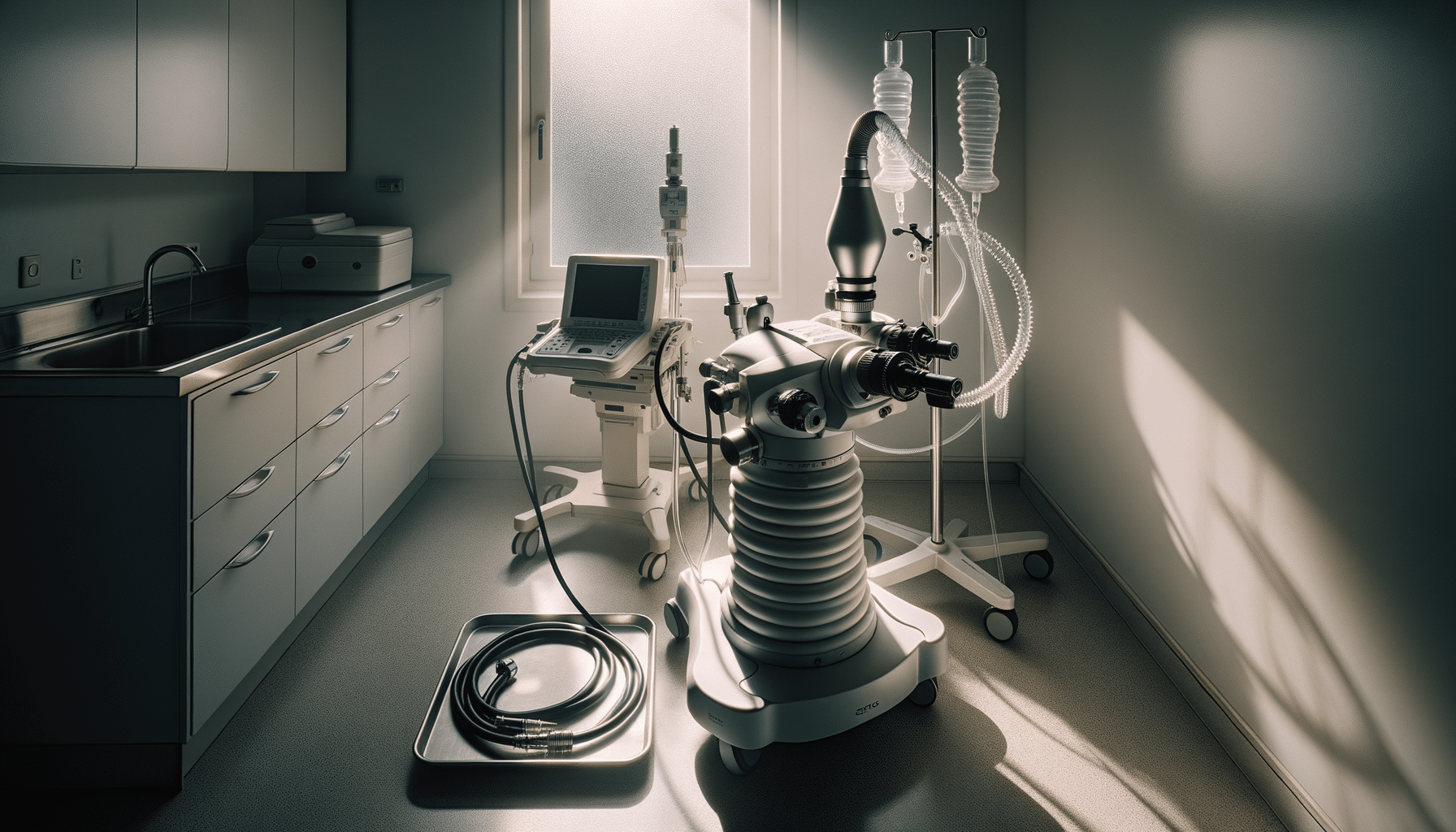
Guide – Gastric Balloon
Introduction to Gastric Balloons
In the pursuit of effective weight loss solutions, the gastric balloon has emerged as a noteworthy option. This non-surgical procedure offers an alternative for individuals seeking to shed excess weight without undergoing invasive surgery. Understanding its mechanisms, benefits, and safety profile can provide valuable insights for those considering this approach.
What is a Gastric Balloon?
A gastric balloon is a temporary weight loss device that is inserted into the stomach to mimic a feeling of fullness. This balloon is typically made of soft silicone and is filled with saline solution once in place. The procedure is minimally invasive, as the balloon is inserted via endoscopy, which involves passing a thin tube through the mouth into the stomach.
The primary goal of the gastric balloon is to reduce the stomach’s capacity, thereby limiting food intake and promoting a sensation of fullness. This can help individuals adopt healthier eating habits and achieve weight loss over time. The balloon is usually left in place for about six months, during which patients are encouraged to follow a supervised diet and exercise program.
How Does a Gastric Balloon Work?
The mechanism of action for a gastric balloon is relatively straightforward. Once inserted and inflated, the balloon occupies space within the stomach, reducing the amount of food it can hold. This physical presence acts as a deterrent to overeating, as patients feel full more quickly and with smaller meals.
The gastric balloon is particularly beneficial for individuals who have struggled with traditional weight loss methods or for those who are not candidates for weight loss surgery. It serves as a tool to help initiate weight loss and encourage lifestyle changes, such as improved dietary habits and increased physical activity.
- Non-surgical intervention
- Temporary placement
- Promotes healthy eating habits
Is Gastric Balloon Safe?
Safety is a paramount concern when considering any medical procedure. The gastric balloon is generally considered safe, with a low risk of serious complications. However, as with any procedure, there are potential risks and side effects that should be considered.
Common side effects may include nausea, vomiting, and abdominal discomfort, particularly in the initial days following the procedure. These symptoms often subside as the body adjusts to the presence of the balloon. In rare cases, more serious complications such as balloon deflation or obstruction may occur, necessitating medical intervention.
It is crucial for individuals to undergo a thorough evaluation by a healthcare professional to determine their suitability for the gastric balloon. Regular follow-up appointments are essential to monitor progress and address any concerns that may arise.
Conclusion: Is a Gastric Balloon Right for You?
The decision to opt for a gastric balloon should be made after careful consideration and consultation with a healthcare provider. This weight loss tool offers a less invasive alternative to traditional surgery and can be effective in promoting weight loss and healthier habits.
Ultimately, the success of the gastric balloon depends on the individual’s commitment to lifestyle changes and adherence to medical guidance. For those seeking a supported pathway to weight loss, the gastric balloon presents a viable option worth exploring.


